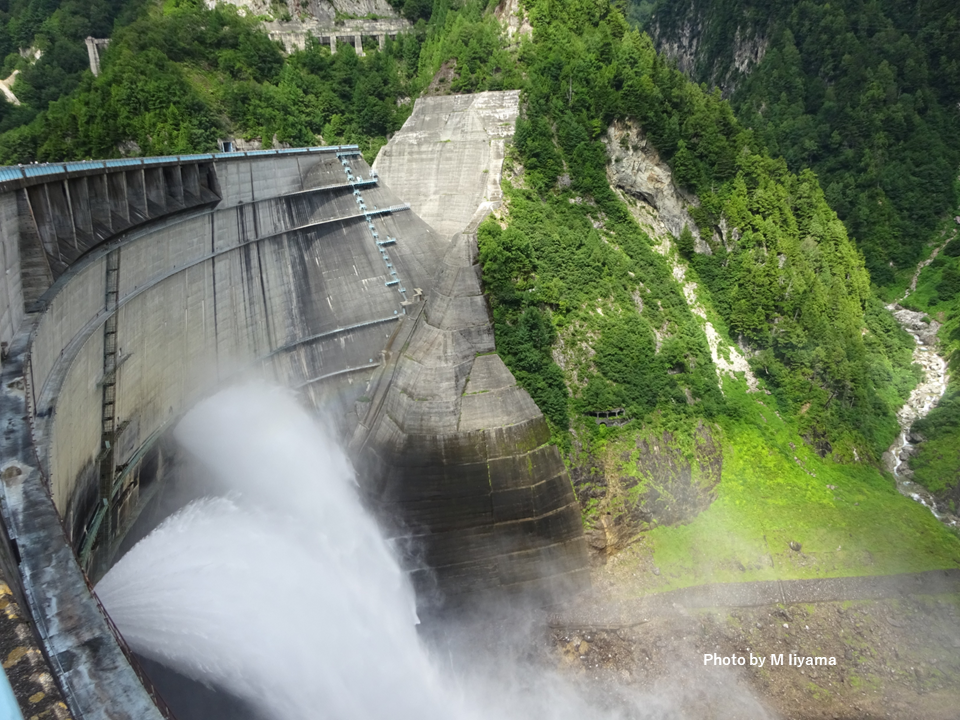Pick Up
889. Sectoral Impacts of Water Scarcity in a World Vulnerable to Extreme Environmental Events

889. Sectoral Impacts of Water Scarcity in a World Vulnerable to Extreme Environmental Events
In response to the continued growth of the world's population and economic development, water consumption has steadily increased in various sectors, including domestic, agricultural, industrial, and energy. In addition, the increasing occurrence of extreme events is exacerbating water scarcity and prompting different responses within each sector. Despite these challenges, comprehensive studies of water use during extreme events and sector-specific variations have been relatively scarce.
A recent research paper published in Environmental Research Letters examines sectoral responses to water use at regional and global scales. Specifically, the study examines water use in sectors such as irrigation, livestock, energy, and manufacturing, using data from 1990 to 2019 at the global, national (with a focus on the United States), and local levels. The primary objective is to assess the impact of extreme events, including droughts, heat waves, and their combined occurrence, on water use, including both withdrawals and consumption.
Analysis of the data revealed notable differences in water use patterns during extreme events, depending on the sector and geographic region. These differences were attributed to a complex interplay of factors, including population density, climatic conditions, access to water supply systems, public water management policies, and regulatory frameworks. These complex interactions made it difficult to identify consistent regional trends in water use patterns. Nevertheless, certain key findings emerged from the study.
Differences in water use due to socioeconomic factors and case studies
During periods of drought in Australia and heat waves in Canada and various European countries, increases in domestic water use were observed. However, in the case of California in the United States, which has experienced prolonged drought conditions, extreme events led to a decrease in domestic water use. In the irrigation sector, the short-term impact of heat waves led to an increase in irrigation water use, but as the drought continued, there was a subsequent decrease in water availability and use. Examining specific cases in Iran, the United States, and Europe, it was evident that heat waves or a combination of heat waves triggered an increased demand for thermoelectric water (used for cooling purposes). However, this increased demand simultaneously reduced the availability of cooling water, ultimately resulting in a decrease in power generation.
Differences in water use due to public sector water management planning systems and their examples
During periods of extreme events, such as heat waves, the response to water use is particularly influenced by the priorities, systems and regulatory frameworks established by national water management authorities. In many countries, there is a tendency to give the highest priority to domestic water use, followed by allocations for agricultural purposes, including irrigation and livestock. At the same time, environmental protection policies play a key role in monitoring and controlling water use in these extreme circumstances. However, the response to extreme events at the national level varies even within the same geographic region. For example, during a significant drought, Germany implemented strict restrictions and fines on domestic water use, while the Netherlands merely recommended water conservation for domestic use, opting for a less punitive approach. In the irrigation sector, however, the response to a heat wave showed different patterns. In the United Kingdom, farmers were allowed to take additional water from rivers to maintain agricultural activity. Meanwhile, some Dutch provinces imposed a complete ban on water withdrawals, illustrating the contrasting approaches to water management during extreme events.
Thus, the dynamics of water use during extreme events transcend the simple interplay between water scarcity and demand. The response is intricately shaped by the socio-economic environment, institutional frameworks, regulations, and established priorities. This interplay not only triggers fluctuations in the amount of water consumed, but also influences the origin and overall management of the resource. Given the profound influence of socio-economic factors and public water management protocols, a one-size-fits-all solution is not sufficient. The imperative is to formulate policies that are adapted to the specific context and practicalities, recognizing the nuances that differentiate one situation from another.
The authors emphasize the urgent need for improved data collection, both at the sectoral and regional levels, to mitigate the challenges of water scarcity and improve the effectiveness of water management strategies. This need is all the more important in light of the expected increase in the frequency of extreme events and the continued growth in water demand, both now and in the foreseeable future.
Reference
Gabriel A Cárdenas Belleza et al 2023 Environ. Res. Lett. 18 104008 https://iopscience.iop.org/article/10.1088/1748-9326/acf82e
Contributor: Solongo TUMUR and IIYAMA Miyuki (Information Program)
